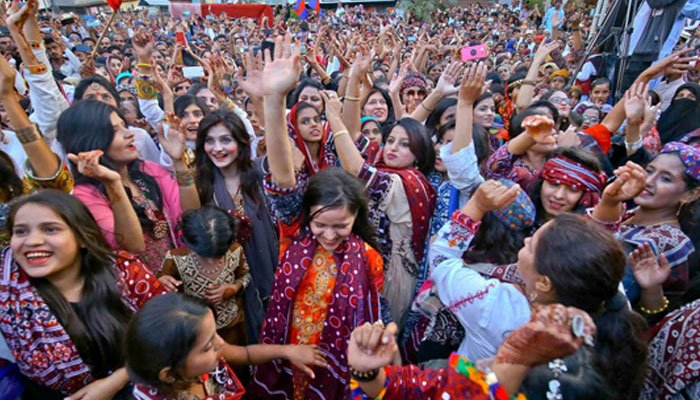

She put out word, asking community members to contribute essays, memories, poems and stories covering what it might mean to be a Sindhi today.īy December 2020, she had enough material to publish Sindhi Tapestry: an anthology of reflections on the Sindhi identity. But with the community now spread across the world, the ideas of identity and belonging cover much more than a single homeland. Aggarwal is known for her literary work, Sindh: Stories from a Vanished Homeland. So in June, when photographer Ritesh Uttamchandani proposed an idea of a new anthology about the community, to author Saaz Aggarwal, they both knew it had to be different. And later, reflections on lives spent in lands now divided by a hostile border, and of recreating the family recipe for flatbreads like koki. Then stories of hope – a flourishing of educational institutions, businesses and traditions. Then came tales of refugees – camps, chaos, struggles, the stirrings of new life. There were heart-breaking accounts of the horrors of 1947, families ripped apart, fortunes lost, lives uprooted. For generations, the story of India’s Sindhis – those displaced by Partition and welcomed in India after 1947 – followed a familiar script.


 0 kommentar(er)
0 kommentar(er)
